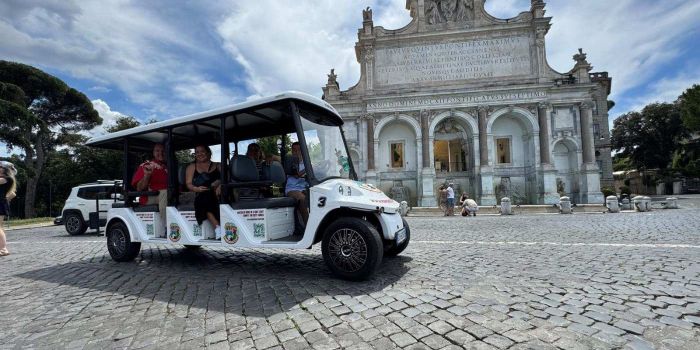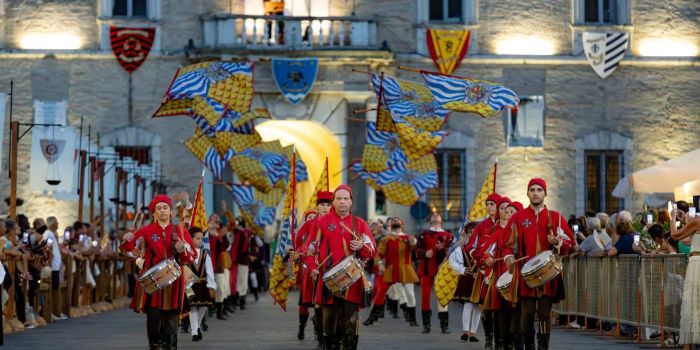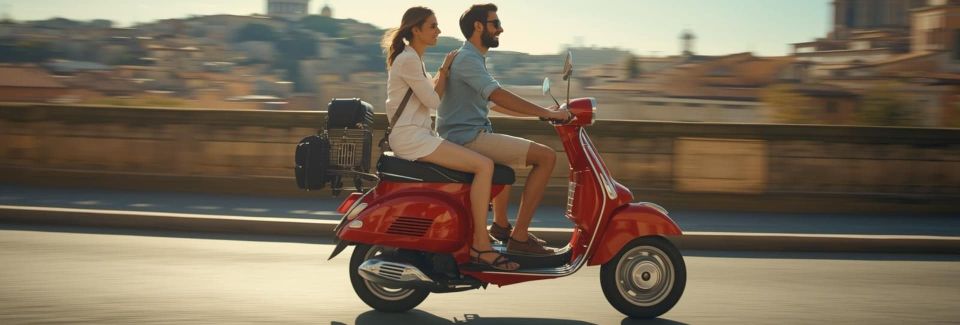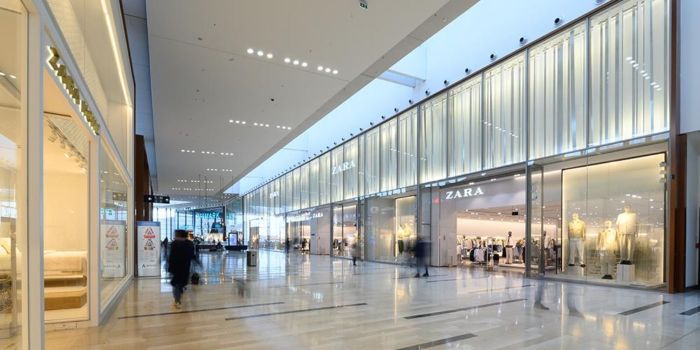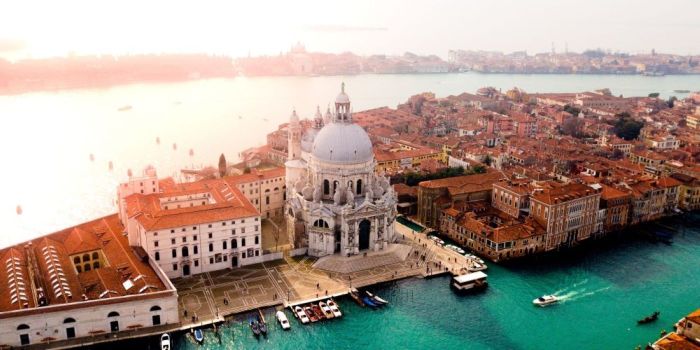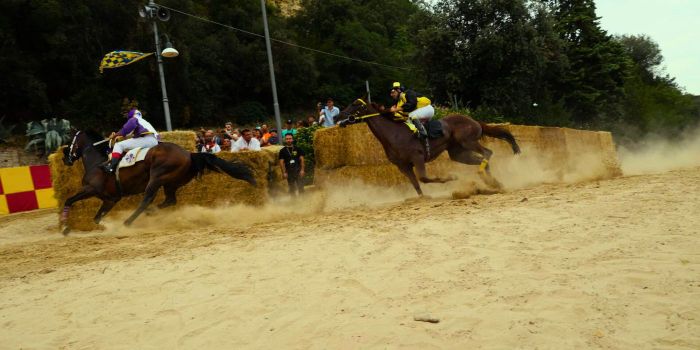Best Tours and Experiences
The best escorted tours and excursions in Italy
Latest
Best Tours and Experiences
The most spectacular Italian historical reenactments that you didn't know existed
⏳
Best Tours and Experiences
Fermo's Cavalcata dell'Assunta: the oldest historical reenactment in Italy
⏳
Best Tours and Experiences
Where do you truly feel yourself in Italy? - The guide to inclusive places according to our community
⏳


